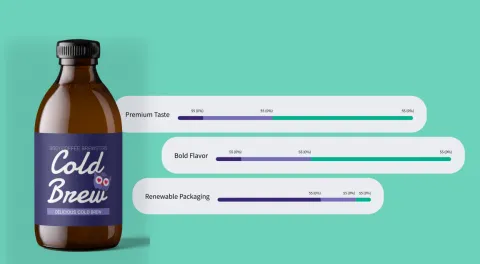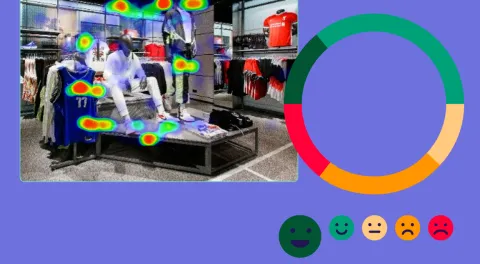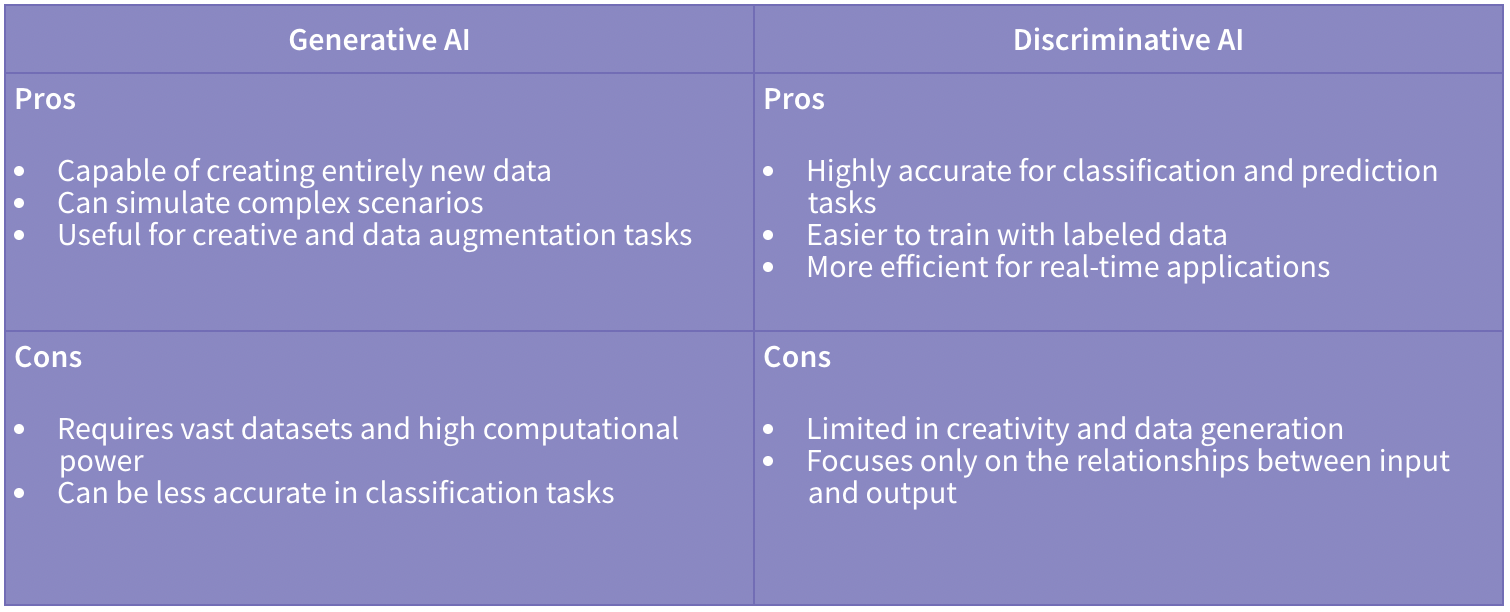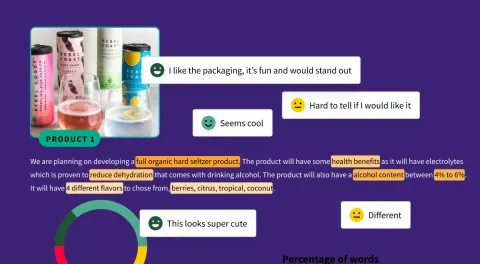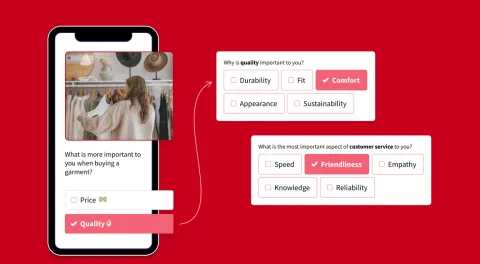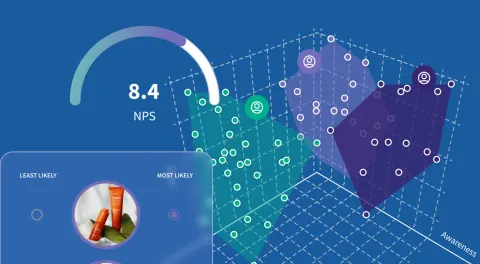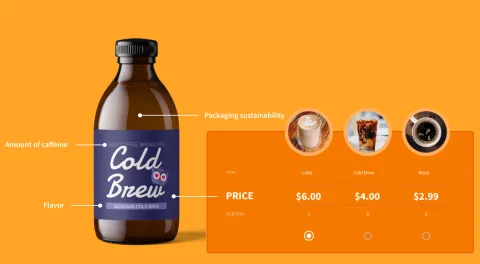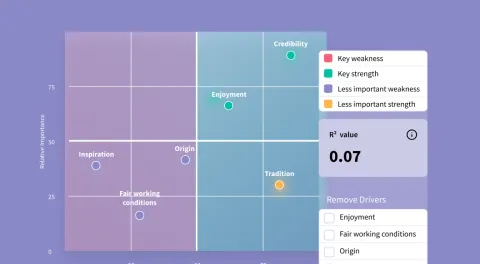Margin of Error Guide: What Marketers Need to Know
Understanding your audience’s preferences, behaviors, and opinions is key. Surveys and polls are valuable tools for gathering insights, but these insights often come with a crucial caveat: the margin of error. Margin of error affects the accuracy of survey results and ultimately impacts marketing decisions. This guide will break down what margin of error means, how to calculate it, and why it matters for marketers. By the end, you'll know how to interpret and apply margin of error to enhance your marketing insights.
What is Margin of Error?
The margin of error quantifies the amount of uncertainty in survey or poll results, typically representing the range within which the true value for the entire population is likely to fall. For instance, if a survey reports that 60% of respondents prefer Brand A with a ±3% margin of error, it suggests that the true preference rate for Brand A in the whole population could be anywhere from 57% to 63%.
In marketing, margin of error is essential when making strategic decisions. For example, suppose a product preference survey reports 45% of respondents favor Brand X with a ±5% margin of error. This means the actual preference could range from 40% to 50%, which may impact the decision to proceed with marketing campaigns for Brand X. Understanding and interpreting this range allows marketers to make data-driven choices while acknowledging potential variability.
Key Factors that Influence Margin of Error?
Several factors affect margin of error, and understanding these can help you design better surveys and interpret results more accurately.
Sample size: Sample size is the number of respondents in a survey. Generally, larger samples reduce the margin of error, making results more reliable. A sample of 1,000 respondents will have a lower margin of error than a sample of 100, assuming both are randomly selected.
Example: Imagine you’re testing the appeal of a new product. If only 100 people respond, your findings may not reflect the full population’s preferences, leading to a higher margin of error. With 1,000 respondents, however, the results are more stable, giving you greater confidence that the findings are representative.
Population variability: The more diverse or variable the population, the higher the margin of error, since there’s more room for differing opinions. When surveying a heterogeneous audience, it’s essential to account for this variability to ensure the margin of error reflects the diversity of responses.
Example: Suppose you survey customers from diverse demographics about a product feature. With varied opinions based on age, location, and other factors, margin of error will naturally increase. Narrowing down the audience, such as targeting only millennials, can decrease variability, thereby reducing the margin of error.
Confidence level: The confidence level is the probability that the margin of error truly captures the population parameter. Common confidence levels are 90%, 95%, and 99%. Higher confidence levels correspond with wider margins of error.
Example: If a marketing survey on brand perception is conducted with a 95% confidence level and a ±4% margin of error, you’re saying there’s a 95% chance that the survey findings fall within the range provided. However, raising the confidence level to 99% will increase the margin of error, expanding the range but offering more certainty in the results.
Confidence level: The confidence level is the probability that the margin of error truly captures the population parameter. Common confidence levels are 90%, 95%, and 99%. Higher confidence levels correspond with wider margins of error.
Example: If a marketing survey on brand perception is conducted with a 95% confidence level and a ±4% margin of error, you’re saying there’s a 95% chance that the survey findings fall within the range provided. However, raising the confidence level to 99% will increase the margin of error, expanding the range but offering more certainty in the results.
Calculating the Margin of Error
To calculate margin of error, you need your sample size, confidence level, and the standard deviation or variability of your responses. The basic formula is:
Margin of Error=Z×(σ/Square Root of n), where:
- Z is the Z-score corresponding to your confidence level (e.g., 1.96 for 95%).
- σ is the standard deviation.
- n is the sample size.
Step-by-Step Example: Suppose you’re running a survey with 400 respondents (sample size = 400), a 95% confidence level, and a standard deviation of 0.5.
- Find the Z-score for 95%, which is 1.96.
- Calculate the margin of error: Margin of Error=1.96×(0.5400)=1.96×0.025=0.049 or 4.9% This ±4.9% margin of error means the survey’s findings could vary by that percentage in either direction.
Interpreting Margin of Error
Margin of error tells you the range within which the true value for a population is likely to fall. In marketing, this can guide critical decisions, especially when results are close.
Understanding the Range: Let’s say a survey finds that 70% of respondents are interested in a new product, with a ±5% margin of error. This means the actual interest level could be between 65% and 75%. If your goal is a minimum of 70% interest to proceed with development, consider the lower bound (65%) when making the final call.
Application in Decision-Making: For marketing campaigns, knowing the margin of error is essential for interpreting close results. For example, if one campaign shows a 52% preference rate over another with 48%, a ±3% margin of error means that either campaign could potentially have higher appeal, affecting which campaign to prioritize.
Common Misinterpretations: One common mistake is assuming the margin of error applies to individual responses, which it does not. Margin of error only applies to the estimate for the population.
Impact of Margin of Error on Survey Results
To see margin of error in action, consider the following:
- Small Sample: With a sample size of 100 and a 95% confidence level, the margin of error might be ±10%. If 40% of respondents prefer Product A, the true preference could be as low as 30% or as high as 50%.
- Larger Sample: Increasing the sample size to 1,000 reduces the margin of error to ±3%. Now, if 40% prefer Product A, the true preference is likely between 37% and 43%, giving you greater precision.
Practical Implications: Margin of error affects strategic choices, especially in competitive markets. For instance, if you’re deciding between two ad campaigns with only a slight difference in performance, understanding the margin of error can prevent over-investing in a campaign that isn’t truly outperforming the other.
Choosing the Right Margin of Error for Your Study
In marketing, determining an acceptable margin of error depends on your study’s purpose and constraints.
Assessing trade-offs: If precision is critical, aim for a lower margin of error, which often requires a larger sample size. However, if speed and budget are priorities, a higher margin of error may be acceptable.
Industry standards: In public opinion polling, a margin of error around ±3% is standard. For marketing research, a ±5% margin of error is often acceptable for customer satisfaction surveys, while product tests may require tighter margins for more confidence in results.
Budget considerations: Increasing sample size reduces margin of error but also raises costs. For budget-conscious studies, aim for a balance that provides actionable insights without excessive expense.
Limitations and Challenges of Margin of Error
While margin of error is useful, it has limitations and doesn’t account for every type of error.
Sampling bias: Margin of error assumes a random sample, but bias can distort findings. For instance, if a survey oversamples young adults in a brand perception study, the results might not reflect the views of the broader population, regardless of the calculated margin of error.
Non-sampling errors: Other errors, like measurement errors or respondent biases, also affect results. For example, if questions are phrased confusingly, responses may be inaccurate, introducing error beyond the margin of error.
Complex population structures: In highly diverse populations, margin of error may not capture the full variability, especially if there are significant subgroups with differing opinions. Using stratified sampling techniques can help address this challenge.
Tips for Reducing Margin of Error
Reducing margin of error makes your findings more reliable, which can improve marketing decisions. You can do this by:
- Increasing sample size: The simplest way to reduce margin of error is to increase your sample size, though there are diminishing returns after a certain point.
- Improving sampling methods: Ensure you’re using representative sampling techniques to capture a true cross-section of your target audience.
- Reducing population variability: Focus on specific segments within your target audience (e.g., a particular demographic), which can reduce variability and margin of error.
Conclusion
Margin of error is a vital tool for marketers conducting surveys or polls. It gives you a range within which the true value likely falls, providing a clearer picture of the potential accuracy of your findings. Understanding margin of error allows you to interpret results confidently, make informed decisions, and better understand your audience’s needs and preferences.
When planning your next marketing survey, consider your target margin of error and how sample size, confidence level, and population variability affect it. Remember, data-driven insights with an accurate margin of error can help optimize your marketing strategies and drive more effective decision-making.
